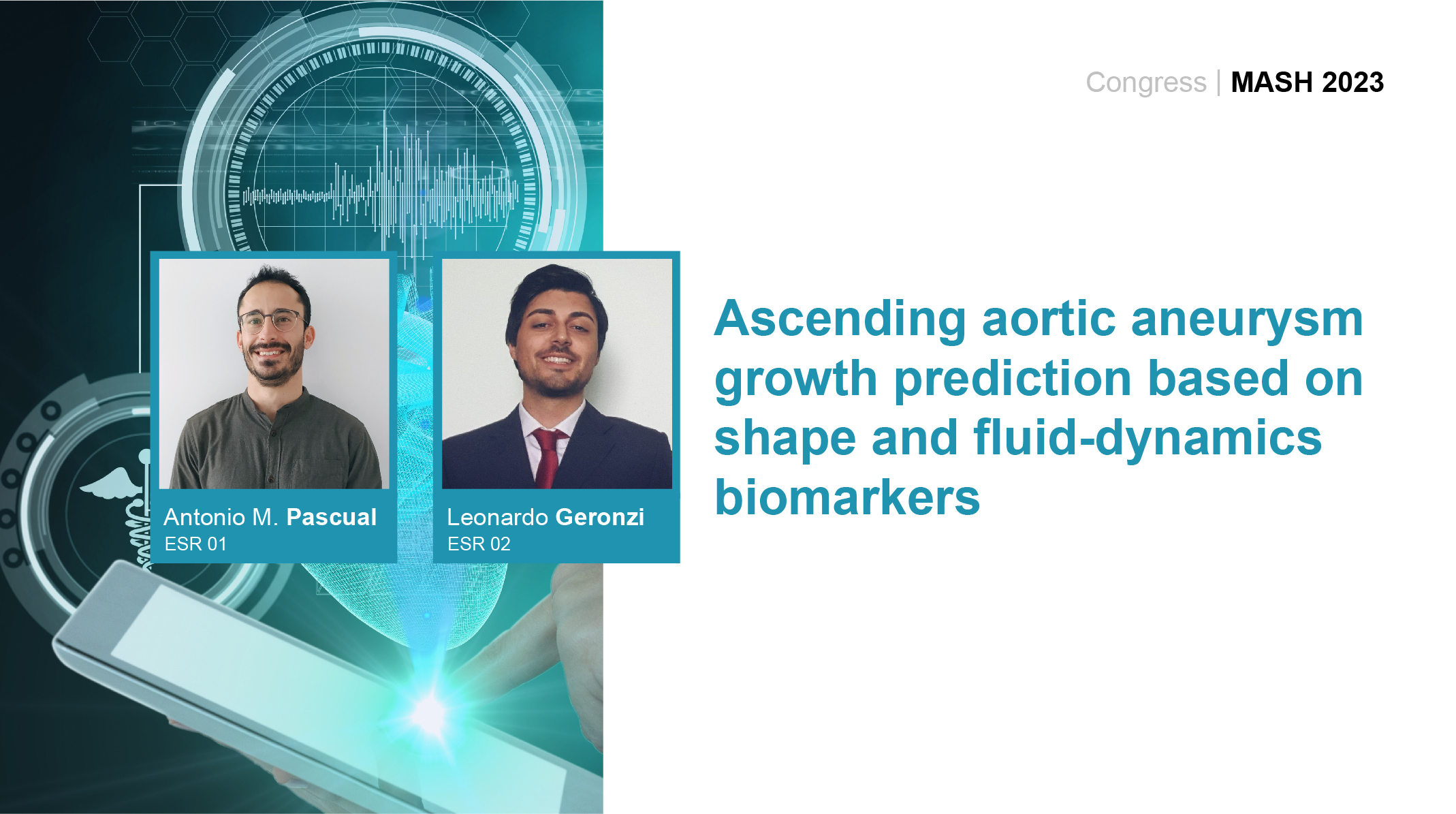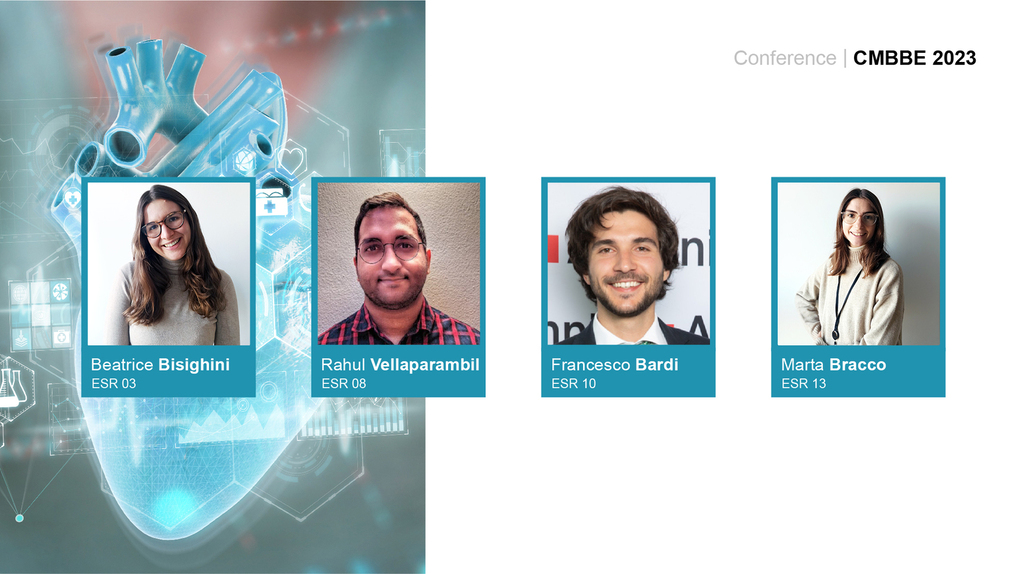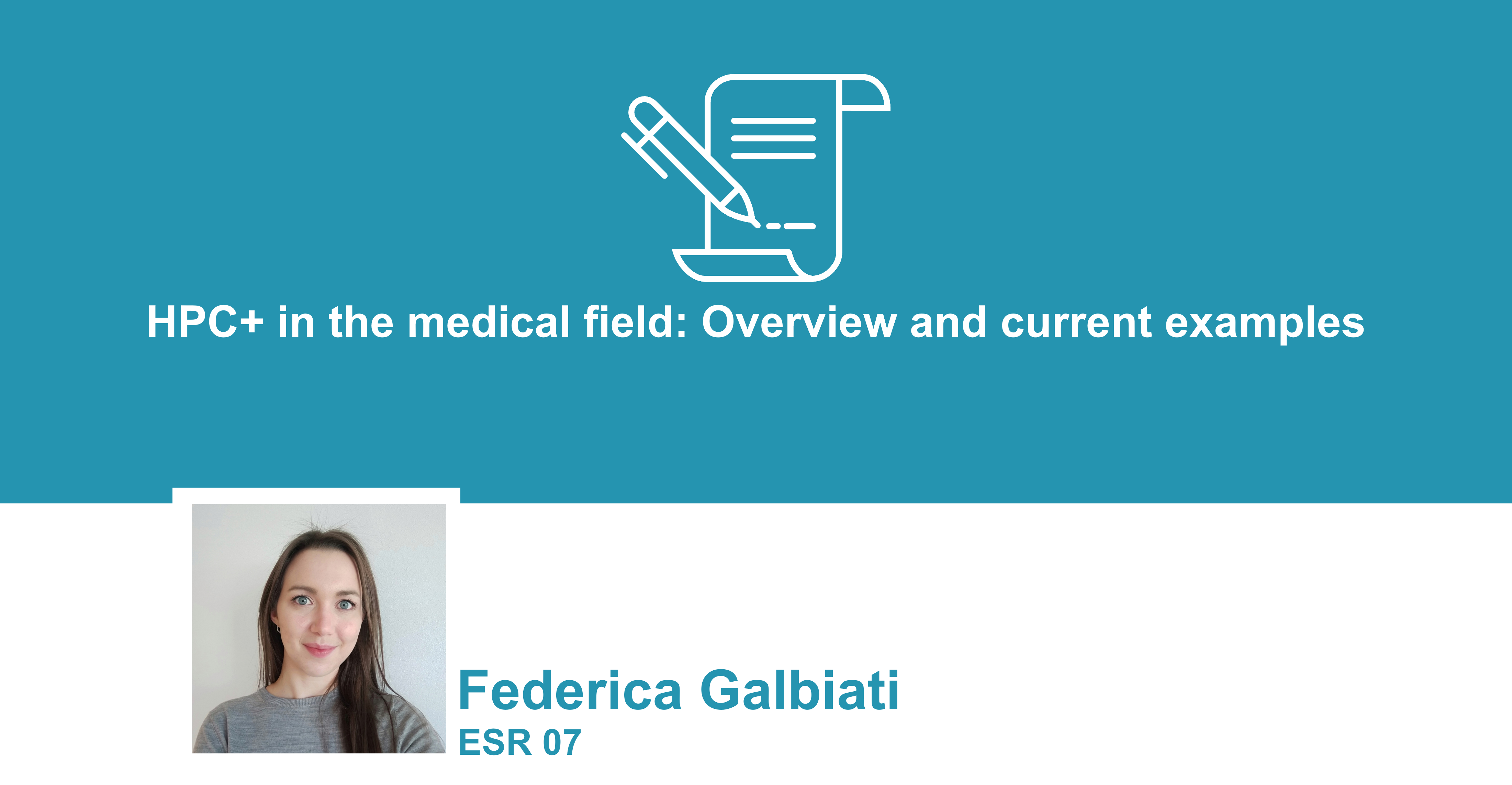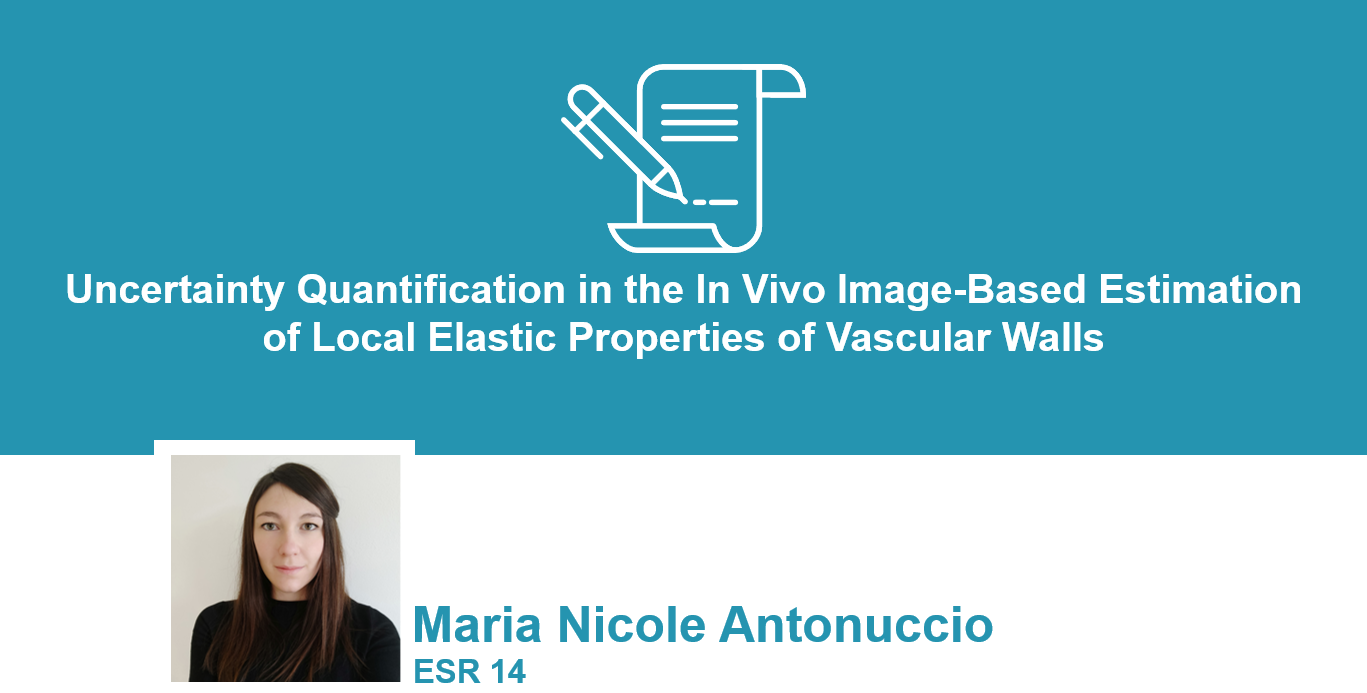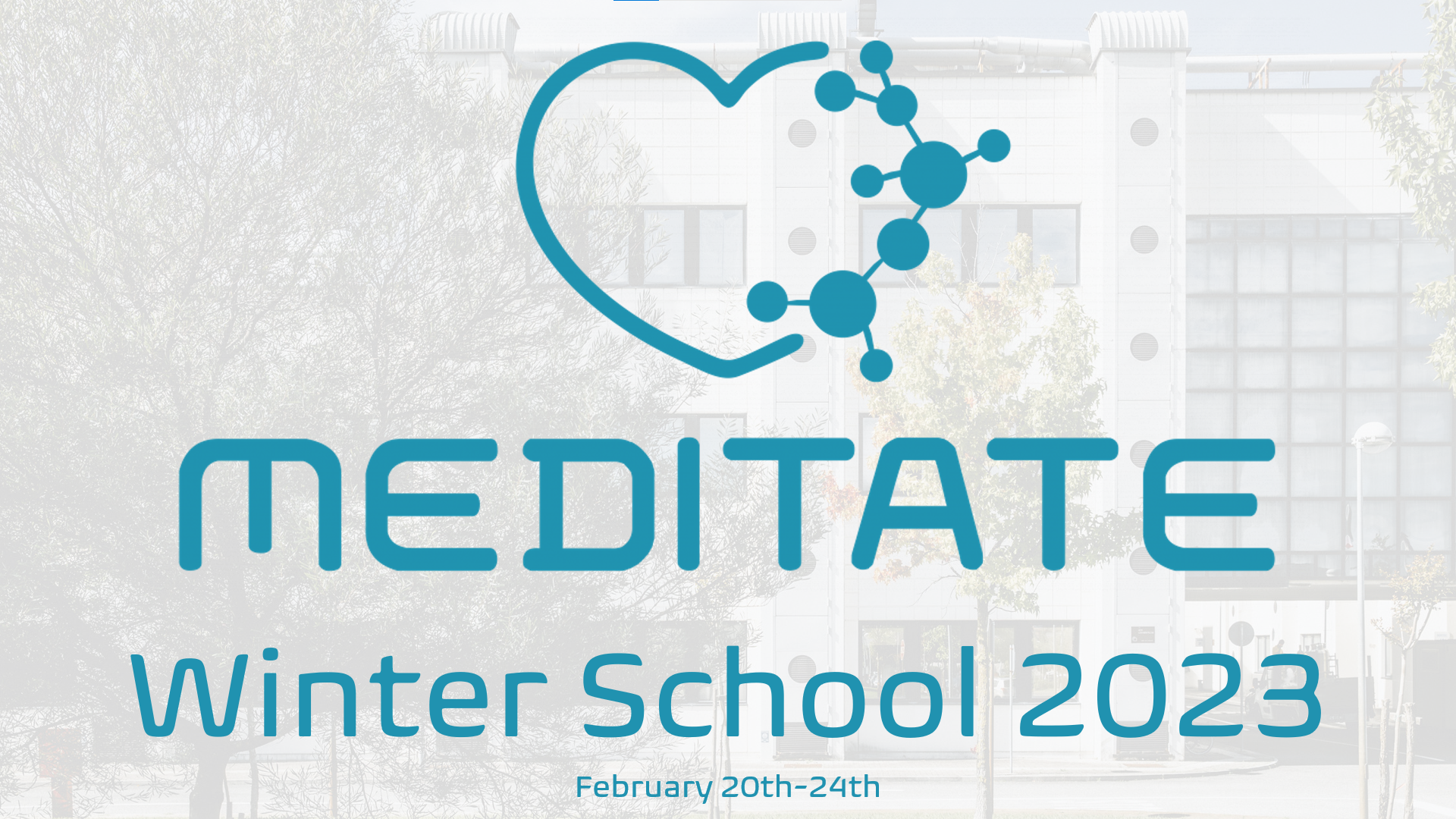Conference season has started: the MeDiTATe project was @ the CMBBE23
The MeDiTATe project was present at the 18th International Symposium on Computer Methods in Biomechanics and Biomedical Engineering (CMBBE 2023). The event took place on 3 – 5 May 2023 in Paris, France.
In this occasion four Early-Stage Researchers (ESRs) had the opportunity to present their research findings and share them with colleagues from around the world: Read More






